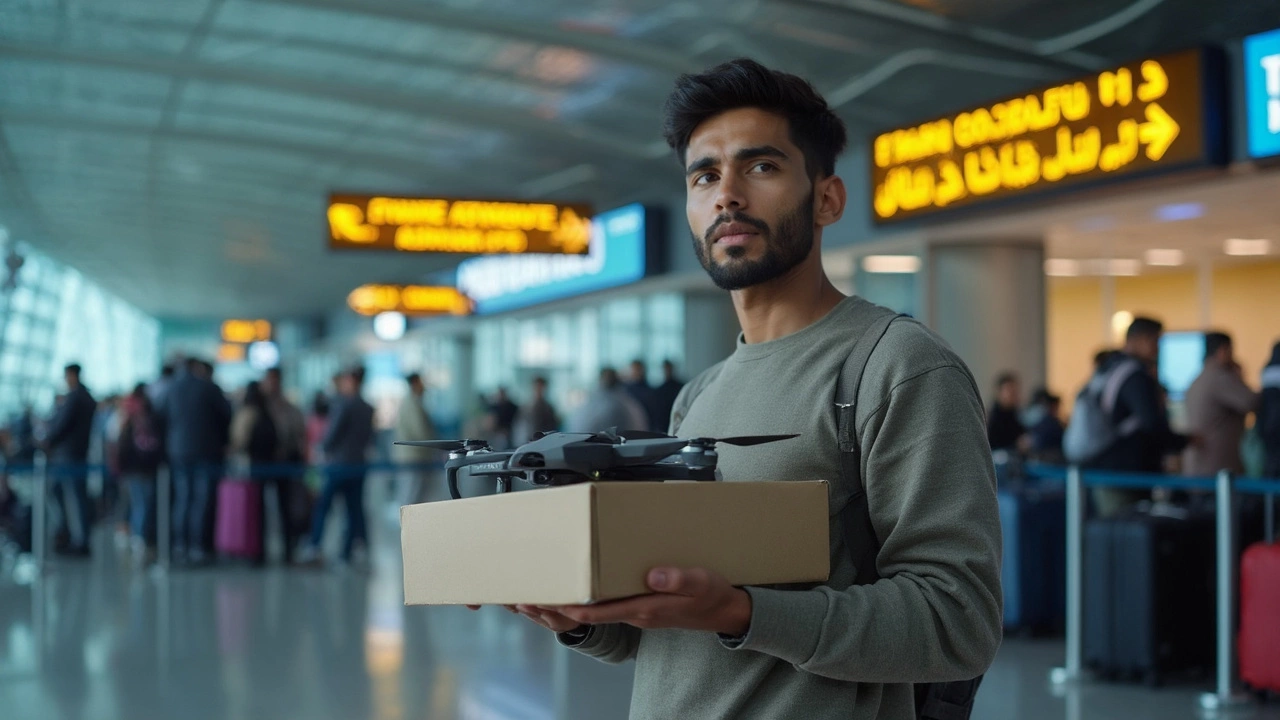Drone Import Guide India 2025 – Bring Your Drone Home Without Trouble
If you’ve just bought a DJI or any other drone abroad, you’re probably wondering how to get it through Indian customs without a headache. The good news is the process isn’t rocket science; you just need to know the right forms, fees, and rules. Below we walk you through everything from checking your drone’s weight class to clearing customs and getting the necessary permits to fly legally.
Step 1 – Check If Your Drone Needs a Permit Before Landing
India classifies drones by weight. Anything under 250 g is generally free to use, but as soon as you cross that line you’ll need a DGCA (Directorate General of Civil Aviation) permission. Before you even book a flight, verify your model’s weight on the DGCA website. If it’s above 250 g, you’ll have to apply for a Unmanned Aircraft Operator Permit (UAOP) once the drone is in the country. Getting the UAOP is a simple online form, a small fee, and a copy of your purchase invoice.
Step 2 – Prepare the Right Documentation for Customs
When your baggage arrives, the Customs officer will ask for three things:
- Original purchase receipt (showing price and model).
- A copy of the drone’s specifications sheet (to prove it’s not a weapon).
- Your UAOP or proof you’ll apply within 30 days.
If you’re carrying the drone in hand luggage, keep these papers handy. For shipments, the courier will handle the paperwork, but you still need to provide the same documents to the shipping company.
Customs duty on drones is usually 10 % of the declared value plus GST. The total cost can be calculated with the simple formula: Duty = (Declared Value × 0.10) + GST. For example, a $500 drone will cost about ₹4,500 in duty and tax combined (rates may vary, so check the latest tables).
Tip: Declare the exact value. Under‑declaring might seem like a shortcut, but it can lead to penalties or seizure.
Step 3 – Clear the Drone After Arrival
Once customs clears your drone, you’ll receive a clearance certificate. Keep this document safe; you’ll need it when applying for the UAOP or any later permits for commercial use. If you plan to sell the drone later, the certificate proves it was legally imported.
After you’ve got the clearance, you can register the drone on the DigiDrone portal (the DGCA’s online system). Registration is quick: upload the clearance certificate, the purchase receipt, and a short description of where you’ll fly the drone. You’ll get a unique registration ID that you must display on the drone’s body.
Step 4 – Follow the Flying Rules
Even after a smooth import, India’s flying rules still apply:
- Never fly above 400 ft (122 m) without special permission.
- Stay at least 5 km away from airports and helipads.
- Keep the drone within visual line‑of‑sight (VLOS).
- Don’t fly over crowds, government buildings, or restricted zones.
Use the AirMap app or the official DJI Fly Safe map to check No‑Fly zones in real time. Breaking these rules can lead to fines or even a ban on your drone.
Importing a drone to India is straightforward once you know the steps: verify weight class, gather paperwork, pay duty, register, and obey the air rules. Follow this guide, and you’ll be out in the sky with your new gear in no time.
